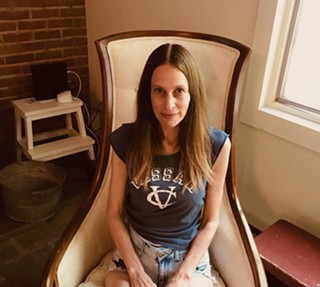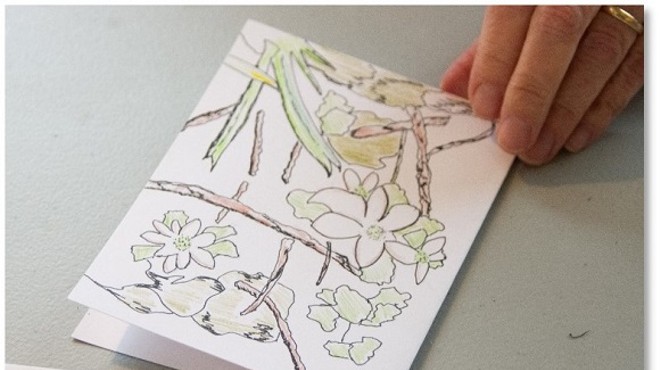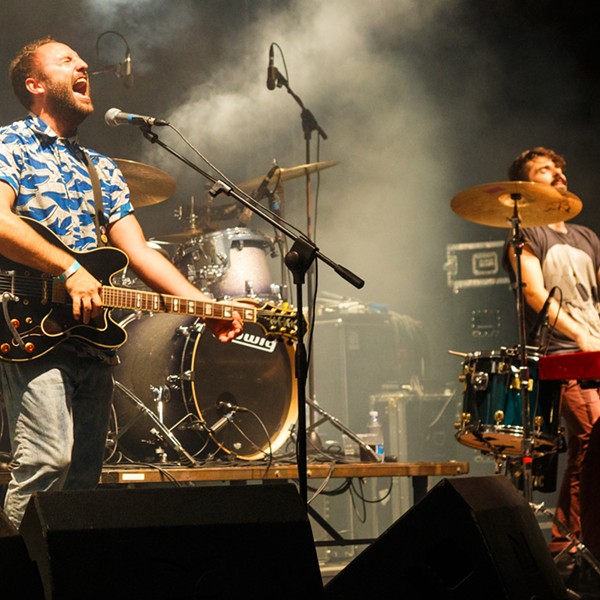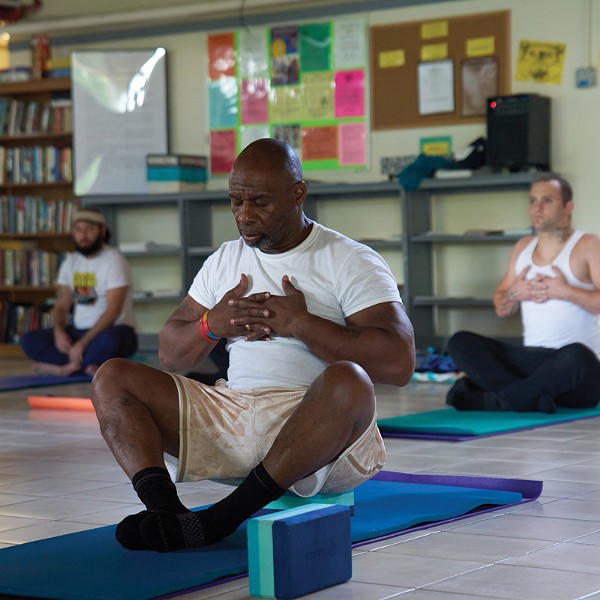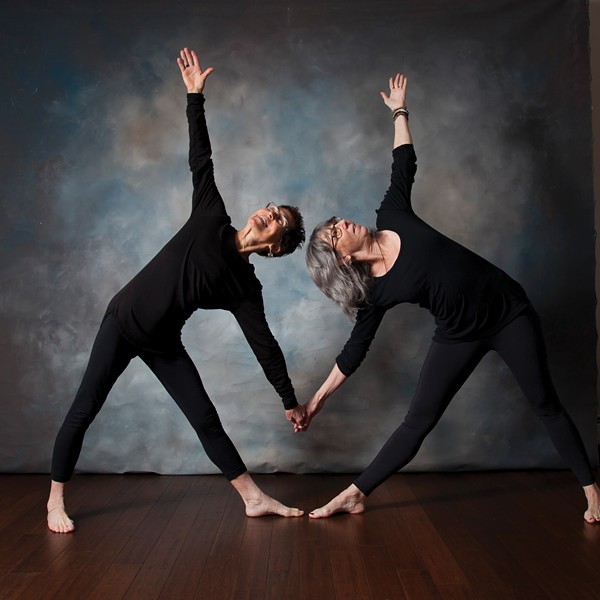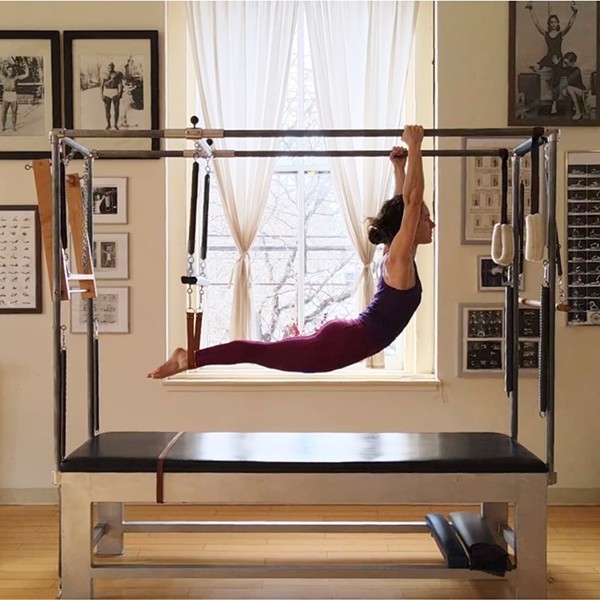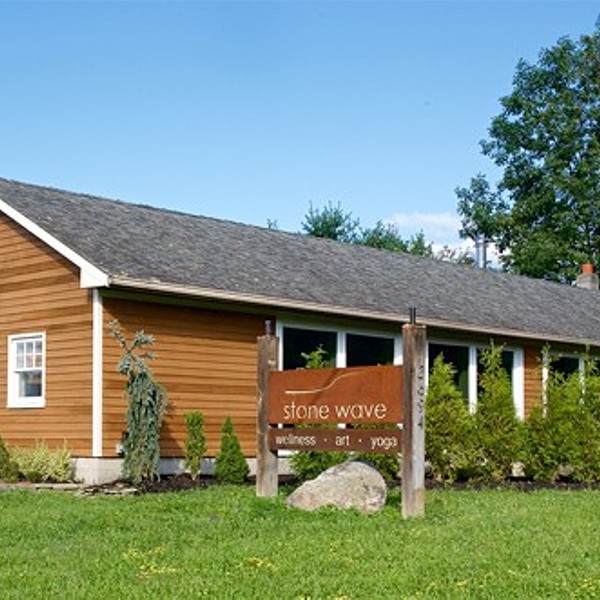Real Wealth
“I’m a big proponent of making yoga available to all,” says Linda Lalita Winnick of Shakti Yoga, which has classes in Woodstock and Saugerties as well as at MAC Fitness health club in Kingston. One of the first studio owners in the area to offer a cut rate, Winnick introduced her $5 Sanctuary classes in 2007, when the country teetered on the brink of recession. “We called it Sanctuary because we wanted to offer it to people who were affected by economic hardship or any hardship,” says Winnick. “We’ve attracted a lot of twelve-steppers, which is something I feel really great about, as I started out teaching classes to people in recovery.”
Winnick announced this fall that all classes at her Saugerties venue are now offered at the $5 Sanctuary rate. Asked how she can afford to keep a studio that brings in so little money, Winnick explained that her two other venues generate enough revenue for her to run the Saugerties studio as a nonprofit. Next spring, Winnick will be joining forces with the Kingston Land Conservancy to start a program called Yoga in the Park, which will offer free yoga at Cornell Park in Kingston’s Rondout neighborhood.
In our money-centric society, dirt-cheap and free yoga can be cause for confusion. Newcomers at my Euphoria Yoga class sometimes ask incredulously, “Is this really only five dollars?” Some students offer to pay more, yet with a bit of coaxing they accept the fact that they really don’t need to. It can be hard to let go of the strong cultural idea that money is the only way to place value on a product or service. Just as our minds and bodies relax on the yoga mat, our attitudes about money can relax too.
For the most part, though, local yogis have no problem accepting the low price point. A palpable sense of gratitude emanates from a loyal band of students, who often linger to chat and connect after class is over. Laura Weyeneth, a student of Lea Garnier and a resident of Hurley, says that community yoga with Garnier is her “sanity and reliable source of joy” as well as a place to fulfill a commitment she has made to her own personal transformation. Like many of her fellow students, she would go to class every day if she could. Says Weyeneth: “It’s a minivacation from the stresses of my life.”
Devaluing Dollars the Good Way
On a mild June morning this past spring, I scanned a large, sparsely decorated studio for a place to unroll my mat, not as an instructor but as a class member, in one of New York City’s latest hot spots: Yoga to the People, on St. Mark’s Place. The room was wall-to-wall bodies, and everyone was there for the by-donation classes that are the studio’s trademark—and sole offering. Once I had squeezed my mat into a slot marked out like a parking space, I looked for a place to put my cash at this pay-what-you-like studio. Set in the back of the room like an afterthought, an empty tissue box collected the optional donations of a diverse bunch of East Village yogis.
That class at Yoga to the People was good enough—but what I liked better was the rebellious spirit of this no-frills studio. I liked the way Yoga to the People did not promote teacher worship. (“No ego no script no pedestals” reads the manifesto stenciled on the studio’s wall.) I liked the simplicity of putting my cash into a tissue box, though I noticed that the box wasn’t exactly overflowing. Yet somehow, the sheer volume of students has kept this studio afloat—and has even allowed the brand to expand to cities like San Francisco and Seattle.
Yoga classes that let you set your own donation amount have become more ubiquitous lately, thanks in part to Yoga to the People, which opened in 2006. You’ll find them in large urban centers and beyond, including here in the Hudson Valley. The principle is basically the same as community yoga—though with no set rates, these by-donation classes can challenge even further our ideas about how to put a price tag on well-being and personal growth.
Spreading the Bliss, Practically
Better still, some yoga studios and teachers are taking the by-donation model to the next level: They’re using the proceeds from their classes to support a do-good cause or endeavor, such as a homeless shelter, food pantry, or orphanage at home or abroad.







